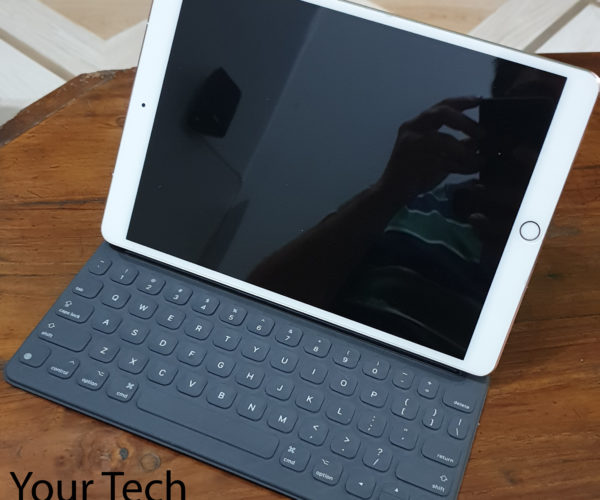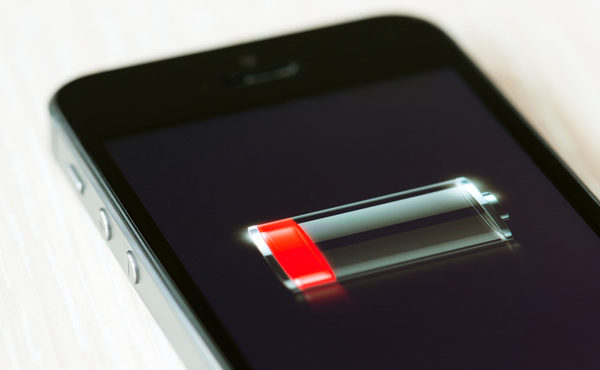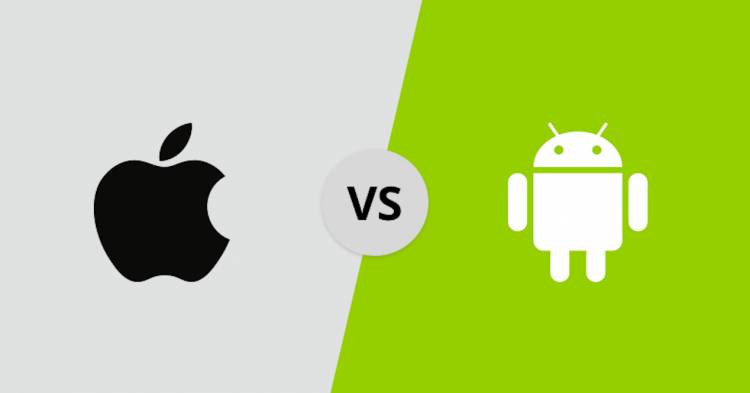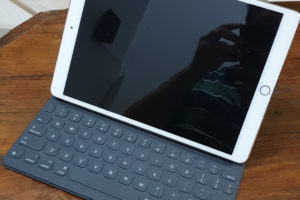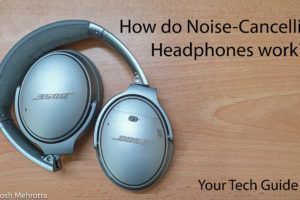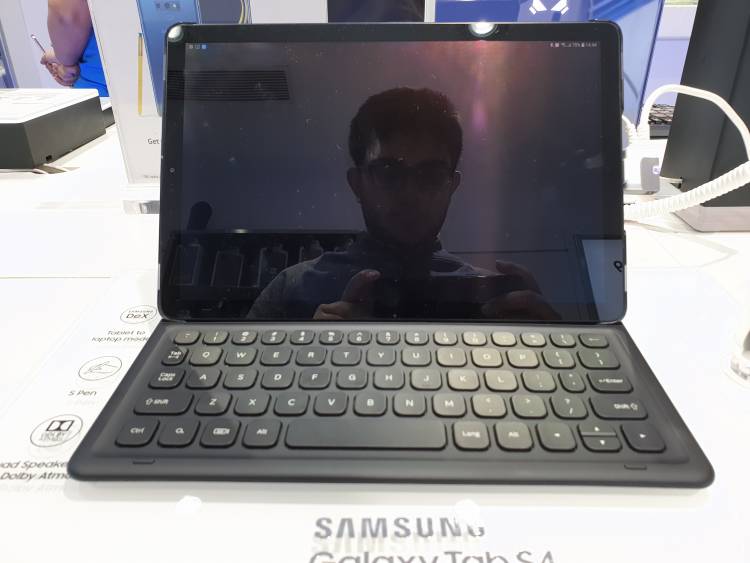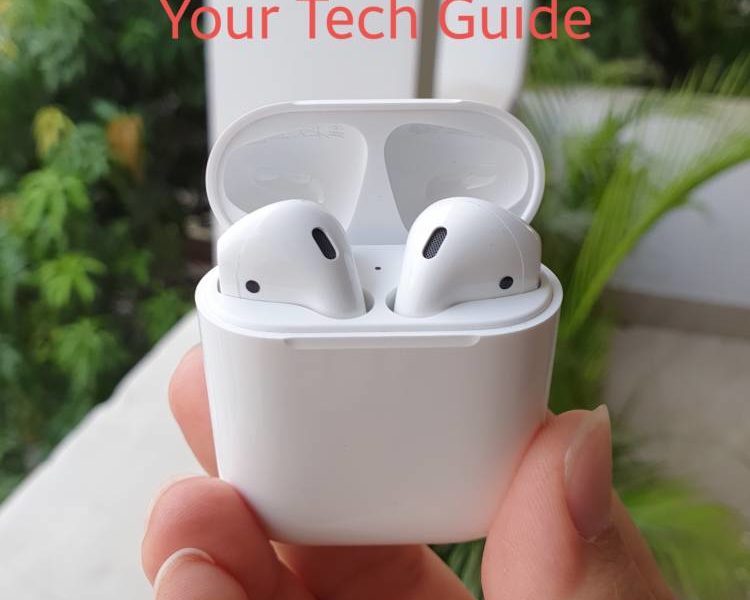Samsung has yet again released another amazing device in its budget Galaxy M series. The Galaxy M40 has been launched to eat into the profits of Xiaomi from its Redmi Note 7 Pro (Read the review here). At a price of Rs. 19,900, there are not many phones that the Galaxy M40 would compete directly with, as the Xiaomi Poco F1 is already a generation too old. The biggest competition to the M40 would be from its sibling Galaxy A50 (Read the review here), that also retails at the same starting price. The Galaxy M40 would be going on sale in India starting June 18 on Amazon India. Let’s look at the device in detail:
Design
The Samsung Galaxy M40 is designed in a way that it feels a lot more premium than you’d expect at this price. It has a polycarbonate back which, due to being glossy, is an amazing fingerprint magnet. The back is also prone to scratches, if you’re not too careful with your device. The main selling point of the Galaxy M40, being heavily marketed by Samsung, is its Infinity-O design with the punch-hole for the front camera in place of a notch.
The Galaxy M40 comes in two vibrant colors: Midnight Blue (dark navy blue) and Seawater Blue (light sky blue).
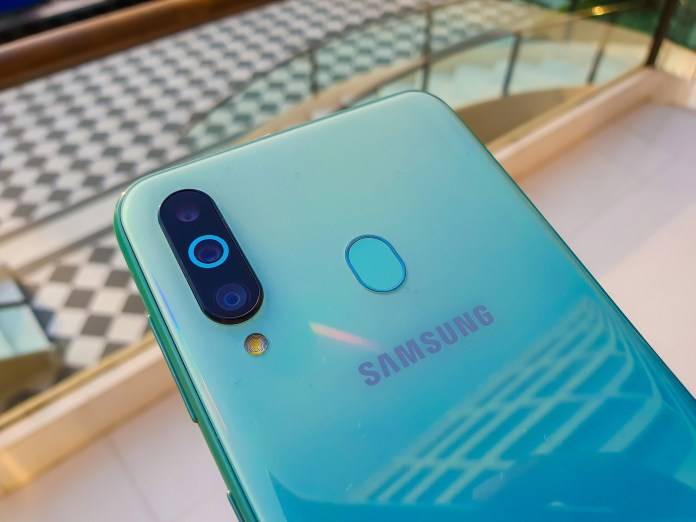
Though having a notch does not mean that the Galaxy M40 has a smaller top bezel, but its bottom bezel is smaller in size that the Galaxy A50 and Galaxy M30 (Read the review here). At 6.3inches, the Galaxy M40 is not a small device by any means, and this might present a problem to those of you with small hands.
At the right side, the device has the volume rocker and the power button, with the fingerprint sensor on the back with a vertical three camera setup. The phone has a hybrid SIM slot, which means you can have either two SIMs on the phone or one SIM with a microSD card, which might not be a problem to most with the 128GB onboard storage.
One big design change is the lack of a 3.5mm audio jack (Read why it should stay). Though Samsung provides a decent pair of USB-C earphones, it misses out on a USB-C to 3.5mm adapter, which means you’ll have to shell out more if you want to use your old earphones with the Galaxy M40.
Display
The Samsung Galaxy M40 has a 6.3inch FullHD+ IPS LCD display with a resolution of 2340×1080 and 91.8% screen to body ratio. The device misses out on an Amoled screen, which is surprising considering that both the Galaxy M30 and the Galaxy A50 have one.
Despite not being an Amoled panel, the display has vibrant and vivid colors, with the images being extremely sharp. The display also gets bright enough to allow the phone to be used in direct sunlight while outdoors, with great viewing angles.
I personally find the corner punch hole camera to be a lot less distracting while consuming media than the big center notch on other phones.
Another point to be noted is that the Galaxy M40 comes with Widevine L1 certification, which means you can stream HD content on media sites like Netflix, Hotstar, and Amazon Prime. Notably, the Redmi Note 7 Pro does not come with the Widevine L1.
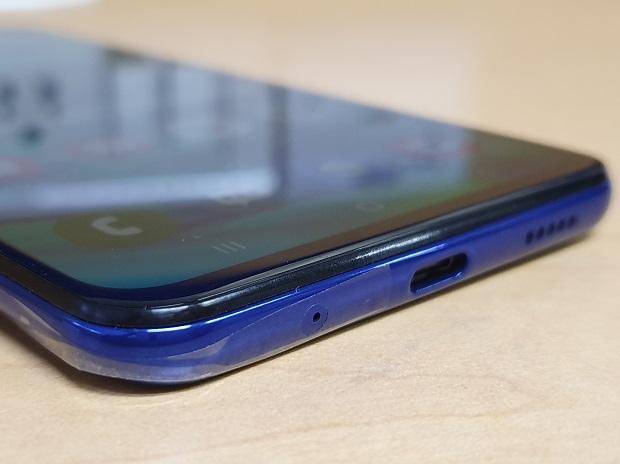
Performance and Software
The Samsung Galaxy M40 is powered by the Snapdragon 675, which also powers the rival Redmi Note 7 Pro. The Snapdragon 675 is supported by the Qualcomm Adreno 612 GPU. The phone was able to handle most of the daily tasks that were thrown at it without breaking a sweat.
Multitasking was a breeze, with smooth transitions between apps and fast loading. Gaming performance was satisfactory, with graphic-heavy games like PUBG and Asphalt 9 running without any noticeable frame drops when played on medium settings. Though if you’re a serious gamer, then I’d suggest getting a phone with better specifications, like the Poco F1.
Talking about software, the Galaxy M40 comes with the Android Pie based OneUI (Read the review). Though not the best mobile UX, it does feature among the best custom Android UI available in this segment. It is significantly better when compared to the MiUI that is available on Redmi Note 7 Pro.
The device comes in a single configuration with 6GB pf RAM and 128GB of onboard storage. The Galaxy M40 comes packed with a 3500mAh battery with support for 15W fast charging. The battery is enough to get you through your day with average use.
Another point to be notes is the lack of an earpiece on the Galaxy M40. Instead, the device makes the whole screen vibrate, thus making sound. Samsung calls this Screen Sound Technology.
There are some notable features missing like Bixby Routines, a Blue Light filter, Samsung Pay and even Samsung Pay mini are absent, it does come with features like Digital Wellbeing, Dual messenger, One-handed mode, and Multi window support.
Camera
The Samsung Galaxy M40 has a triple-camera setup at the back, just like Samsung’s Galaxy M30 and Galaxy A50. The three cameras are a 32-megapixel primary shooter with a f/.7 aperture, an 8-megapixel depth sensor with a f/2.2 aperture and 123-degree field of view, and a 5-megapixel depth sensor with f/2.2 aperture. The primary and the wide-angle shooters come with Phase Detection Autofocus (PDAF).
The camera setup of the Galaxy M40 is like the one we saw on the much costlier Galaxy A70. The cameras managed to produce great looking photos in desirable and well-lit conditions. The images produced by the wide-angle sensor were good, with very little distortion, but lacked detail on far away objects. One area where the camera struggles is when shooting is low or dim light conditions, and the cheaper Redmi Note 7 Pro and even the Xiaomi Mi A2 (Read review) do a better job in these conditions.
An area where almost all Samsung phones, including M40, shine is the Portrait mode. It does an extremely good job of detecting the boundaries of objects and even allows you to adjust the amount of background blur after you’ve taken the picture.
Coming to the front camera, the Galaxy M40 has a 16-megapixel with an f/2.0 aperture. Though looking good on paper, the camera isn’t anything spectacular. It clicks good pictures in well-lit conditions. The images, though being vibrant and well saturated, lack the detail and sometimes look blunt. The camera also struggles when the light source is behind the object, over exposing the object and having difficulty in autofocus.
The camera app has all the modes that you’ll expect with Slow-motion, Hyperlapse, 4K video recording, and Live Focus.
Verdict
The Samsung Galaxy M40 does get a lot of things right with a fast processor, a great software experience, decent cameras, and premium build. It also makes a lot of compromises such as lacking a headphone jack, having a LCD display, and missing out on lots of convenient software features.
The device will be a great purchase for those of you looking for a budget smartphone which gets the basics right, with some nifty features. But, I’ll suggest you also have a look at the competition like the Redmi Note 7 Pro, Samsung Galaxy M30, and even Xiaomi Mi A2.
Do share your views in the comments section below. Cheers!
Other posts
Bose QuiteComfort 35 ii – old but still gold
The Bose QuiteComfort 35 ii had one of the best designs that I’ve seen I headphones. The design looks simple, though very elegant. The headphones definitely get the Bose DNA. ...
![]()


